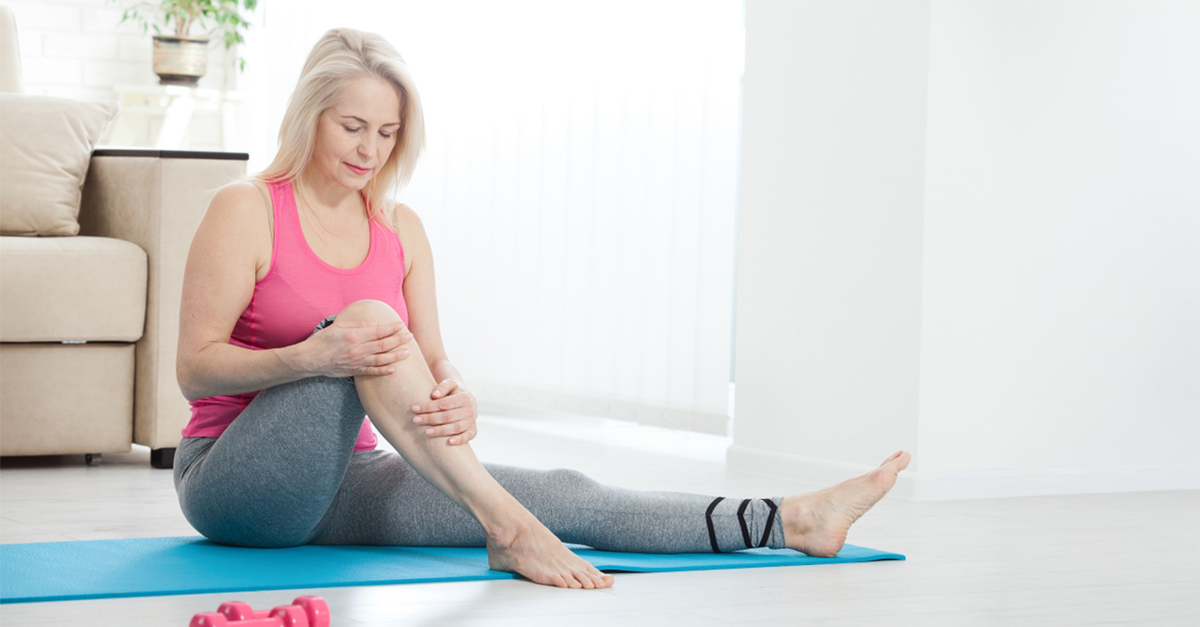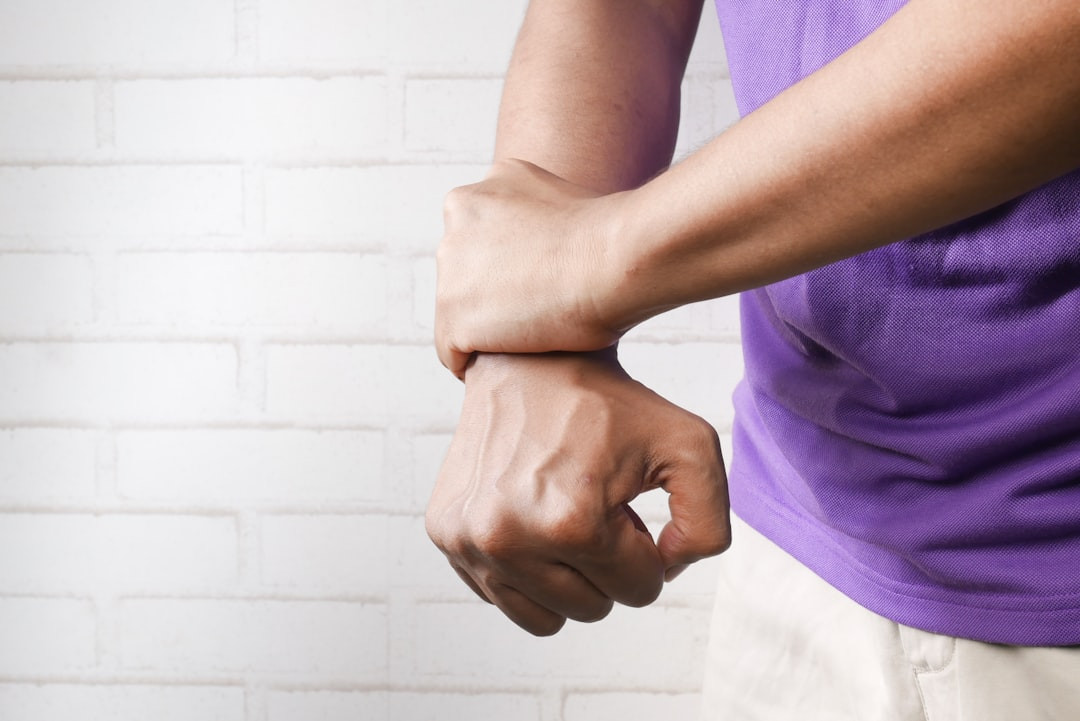Arthritis plagues more than 50 million adults in the United States, but the early signs often still go unnoticed or are written off as just a part of aging. Catching arthritis early, before joint damage is irreversible, can make a huge difference between effective long-term management and lifelong chronic pain. Knowing what to look for and how to take action is critical.
Subtle Early Signs: Alarm Bells Should Ring
The earliest symptoms of arthritis might not be so obvious. A lot of people misjudge them as temporary aches or fatigue. One of the first telltale signs is morning joint stiffness, especially in the hands, knees, or hips. If this goes on for more than a half hour, it could be a red flag. Swelling, minor pain, and diminished range of motion are also normal early warning signs, especially if they’re happening on both sides of the body.
Pay Attention To Fatigue
Persistent fatigue or feelings of lethargy, especially when associated with joint discomfort—could be an early sign of inflammatory arthritis like rheumatoid arthritis (RA). Because inflammation can affect your entire body, not just your joints, fatigue may actually precede joint pain by weeks or months. This is one reason many people with arthritis get misdiagnosed in the early stages or totally disregard their symptoms.
Joint Warmth And Redness
A joint that feels warm to the touch or looks visibly red could be inflamed. This can be mistaken for a strain or minor injury, but if you can’t remember when it happened, it’s worth getting it looked at. Warm, swollen joints are a major sign of several types of arthritis, and catching them early can help you get a head start on possible treatment.
Listen To Your Body, Not Just Your Age
One big misconception about arthritis is that it’s just “part of getting older.” Osteoarthritis is certainly more common as you age, but rheumatoid arthritis and psoriatic arthritis very often affect people in their 30s and 40s, or sometimes even younger. Don’t ignore the symptoms because you assume you’re “too young” to get arthritis.
Early Diagnosis Is Everything
The sooner arthritis is diagnosed, the better chance you have of getting effective treatment. Doctors may use blood tests, imaging (like X-rays or MRIs), and a physical to figure out whether arthritis is setting in and what type it is. Rheumatoid arthritis, for example, responds best to treatment within the first few months after symptoms appear. Missing that window can cause long-term damage to your joints.
 Photo By: Kaboompics.com, Pexels
Photo By: Kaboompics.com, Pexels
Keep Moving
It might sound contradictory, but regular movement is one of the best things you can do for arthritic joints. Low-impact exercises like swimming, walking, tai chi, or yoga can combat stiffness and give your better flexibility without putting stress on the joints. Staying active also keeps your weight down, reducing the stress on load-bearing joints like hips and knees.
Eat Right
An anti-inflammatory diet can reinforce your treatment regime. Foods like fatty fish (rich in omega-3s), berries, leafy greens, whole grains, and nuts can reduce inflammation. Avoiding processed foods, sugary snacks, soda, and excessive alcohol can also help with joint pain over time. Some studies suggest turmeric, ginger, and green tea may have natural anti-inflammatory effects.
Work With Your Doctor
In some cases, physical therapy or occupational therapy can help you adapt daily tasks to reduce joint strain. In severe cases, the option of joint injections or surgery may eventually be on the table, but you’ll want to set a goal to delay or prevent that with early care and by being conscientious.
Don’t Wait Around For Things To Get Worse
Arthritis doesn’t have to mean you’re condemned to a lifetime of pain and poor mobility. The main thing is to recognize the symptoms early and be proactive, whether that means making a doctor’s appointment, starting some low-intensity exercises, or changing up your diet. Heeding your body’s warning signs now can save you from a world of hurt later.
You May Also Like:










